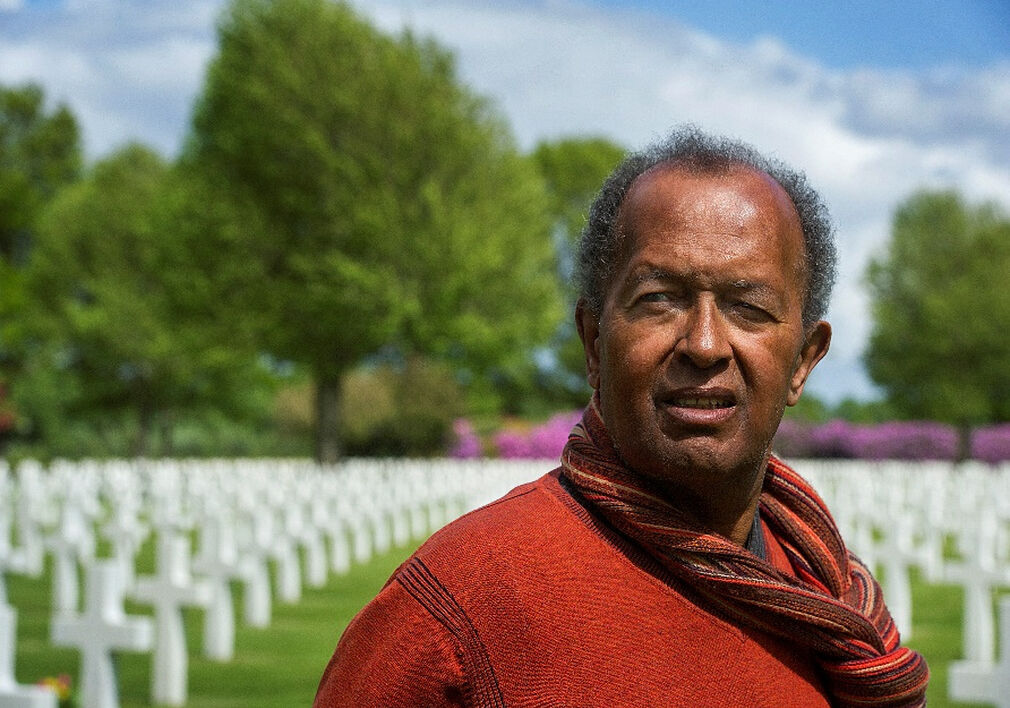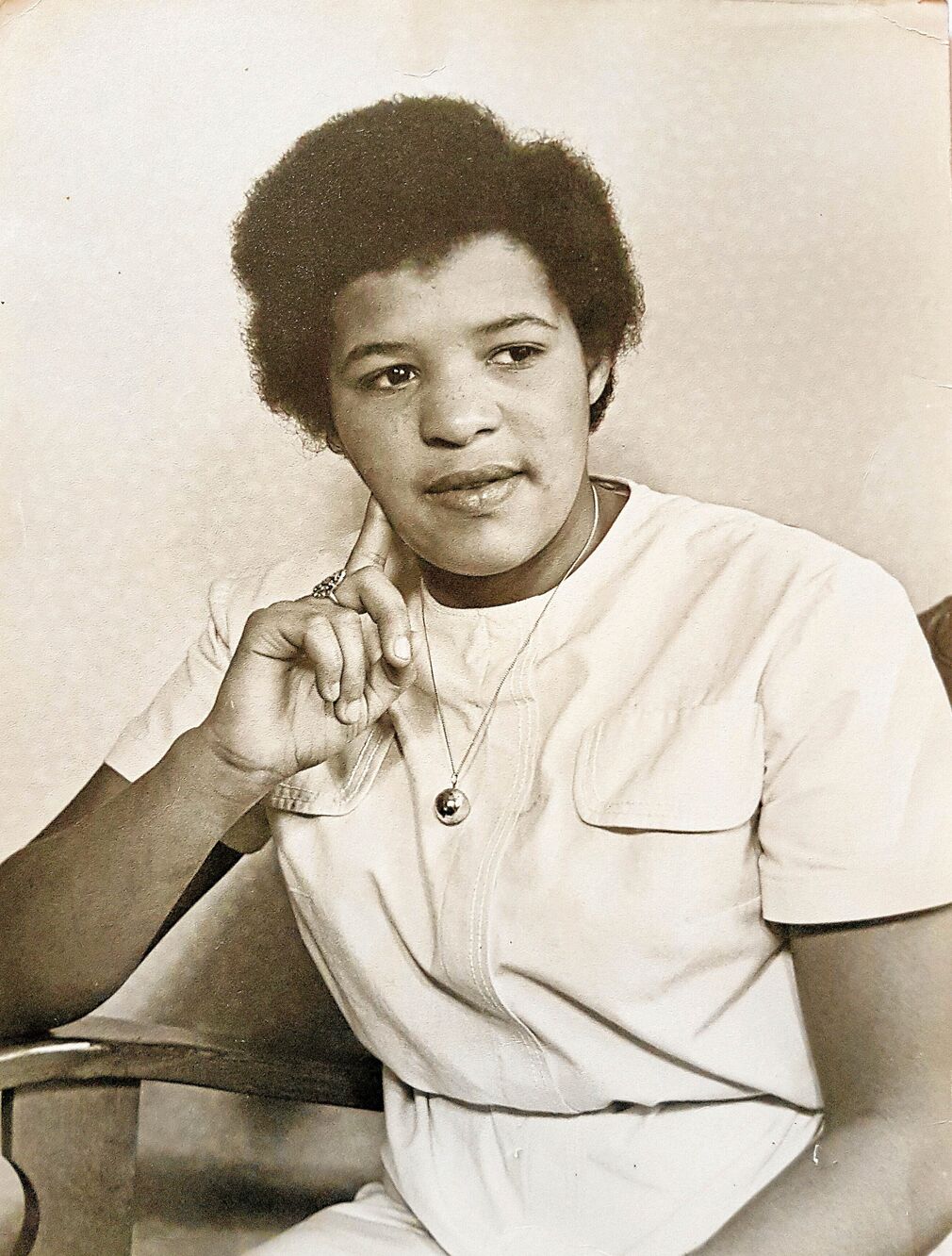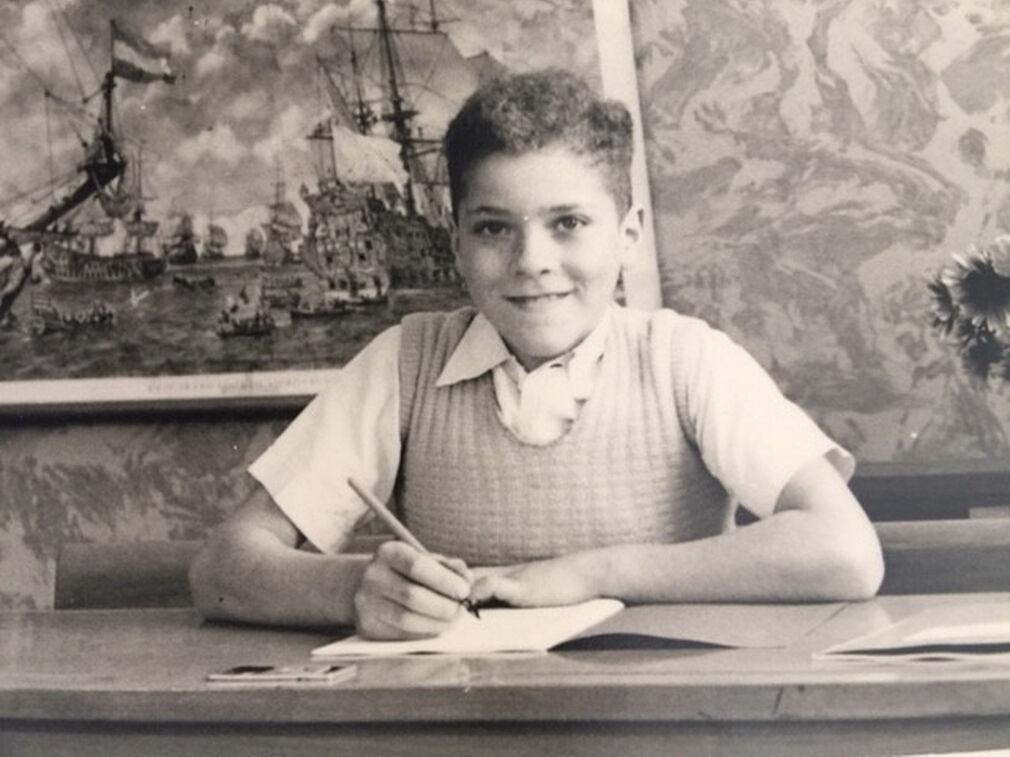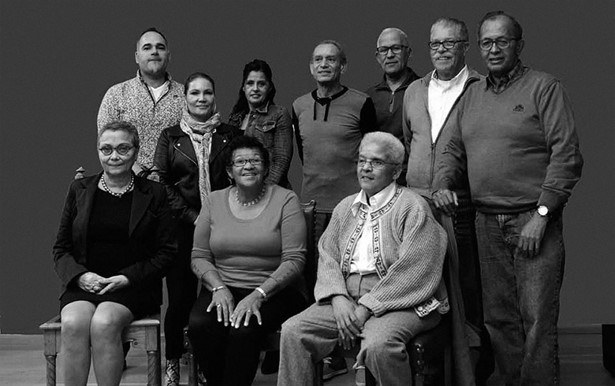Week 3: Children of black liberators
While writing a story about the grave diggers of the cemetery of Margraten, Mieke Kirkels discovered another untold story; some of the Black liberators had intimate relationships with the local girls in Limburg. Out of these relationships, babies were born. The lives of these ‘liberation babies’ are part of another oral history project by Mieke. Some of the stories can be found on this website.
Mieke also wrote a book about these children translated: 'Dutch Children of African American Liberators: Race, Military Policy and Identity in World War II and Beyond, M. Kirkels, 2020'.


Read the story about Huub Schepers.
Huub explains that he often had a standard answer for people who asked him where he originated from: he would say; 'I come from Suriname.'
- Explore the relation between the Netherlands and Suriname and write it down in a short paragraph.
- Do you understand why Huub gave this answer?
Huub had a difficult youth; His mothers’ husband was incarcerated when he was born. This stepfather was not only a member of the NSB but had also served at the front with the Waffen SS. During the liberation, the Dutch incarcerated the people who had collaborated with the Germans.
If you like to know more about the NSB and the SS in the Netherlands, you can do some extra research.
As a young boy, Huub was moved several times to foster homes, and ended up in a monastery. It was until later in his life that he saw his birth mom back. He needed her permission to get married. He went to school to train as a nurse and worked at a hospital. He died without ever finding out who his father was.
Listen to the following fragment on the BBC: https://www.bbc.co.uk/sounds/play/w3csywvr
You hear the story of Babs Gibson-Ward. Listen closely to her story about ‘Brittains Brown Babies', and compare it to the story of Huub:
- When you compare and contrast the stories of Huub and Babs: what is your conclusion?


When Rosy Peters was in her mid thirties she had a mental breakdown. She was taken into a hospital where she was comforted by Huub Schepers. She told him her stories, but Huub did not say anything about his background. It was later in 2006 when the two met again. Why did Huub not say anything to Rosy when they first got to know each other?
Rosy Peters stepfather, Connie Peters, was a famous musician at the time; one of their most famous songs was a worldwide hit and can be heard on youtube.
- What do the lyrics of the song refer to? What does: there is no more corn on the Brazos mean?


Ed Moody jr. has a somewhat different story than Rosy, Huub and Babs; his mother married the African-American soldier in 1944, and he was born in 1945. Due to the context of time, the segregation in the US-army, the family could not stay together, and Ed Moody’s father moved back to the United States. Ed Moody, did not really keep contact with his biological father, and when he was ready to reconnect his father had passed away. He did learn about his American family and was able to connect to them. He often visits the cemetery in Margraten, where he adopted a grave.
- Read the stories of Donna Bastiaans and Cor Linssen. What do these stories have in common?
- Overall: what can we conclude based on these eyewitness stories?
- Consider these question before you go to the research project:
- What was life like for the black liberators children?
- Was it similar or different in other European countries?
- Which aspect of Limburg social life in the 1950’s and 1960’s is quite similar in all stories?
- What was different in some of the stories?
